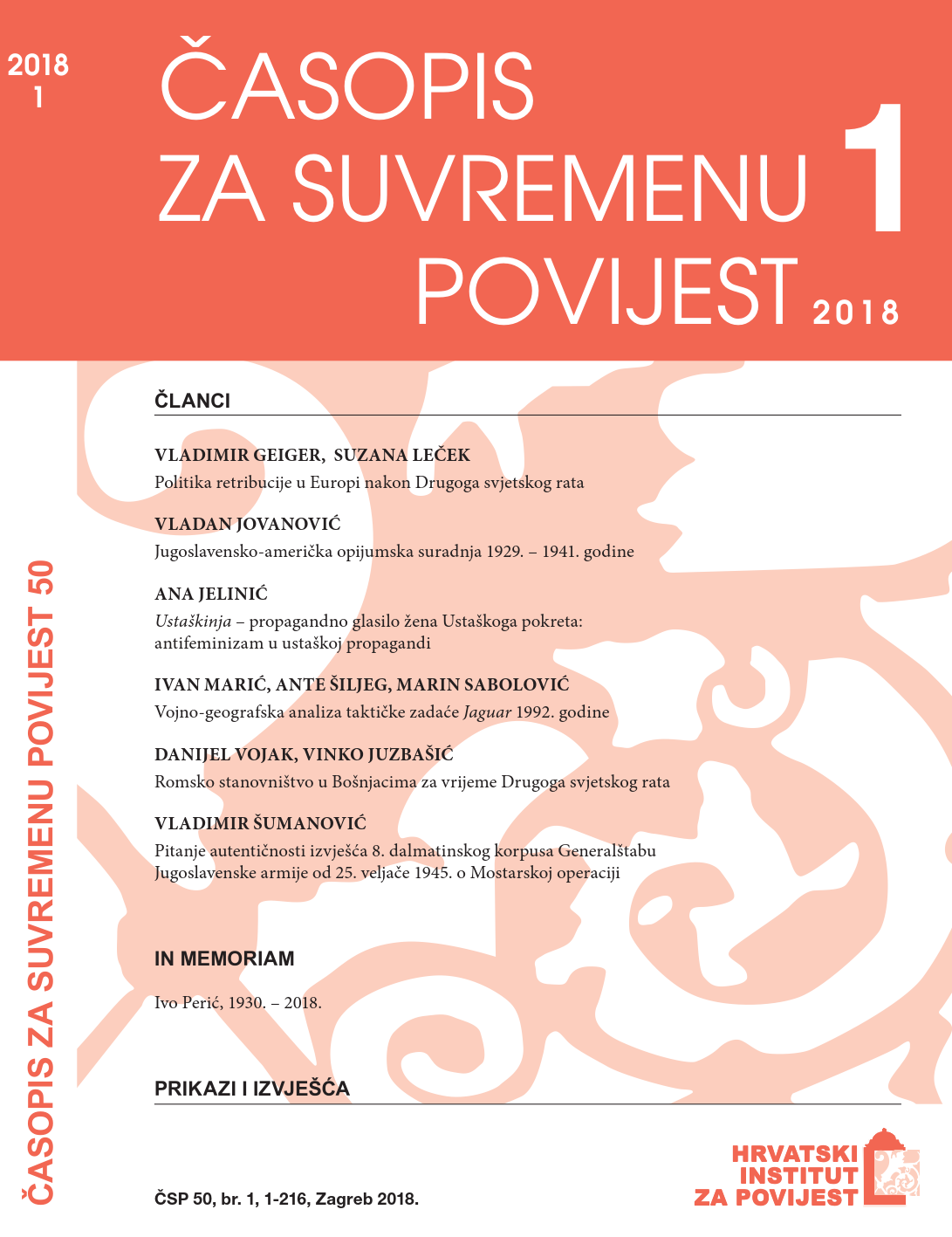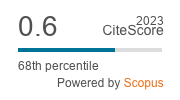Ustaškinja – The Propaganda Organ of the Women’s Ustasha Movement: Antifeminism in Ustasha Propaganda
DOI:
https://doi.org/10.22586/csp.v50i1.50Keywords:
antifeminism; fascism; Ustasha ideology; motherhood; female Ustashas; propaganda; UstaškinjaAbstract
The monthly Ustaškinja (Ustasha Woman) published by the Female Branch of the Ustasha Movement as an official propaganda organ aimed towards women shows that the fascist stance towards women wasn’t a “classical” patriarchal one. Gender-based discrimination was a fundamental value of their state-building strategy. The fascist system of gender relations is thus shown to be significantly different that social patriarchy; it treats women as a birthing unit, a tissue upon which the national being is built. The participation of women in implementing this, by all accounts masculine, fascist ideology is key to differentiating their social power. Namely, even though male and female members of the Ustasha Movement share a common experience, it is also completely different. Female identity was reduced to motherhood and an almost slave-like submission to the father of the family and the father of the state – the Poglavnik (Leader / Fuehrer). Children were the only purpose of a woman’s life and her duty to her homeland. Antifeminism, which the Ustasha women accepted, is an integral part of all fascisms and fascist militant ideology. The texts published in Ustaškinja during its four years of existence attest to this.
Downloads
Published
How to Cite
Issue
Section
License
Copyright (c) 2018 authors and journal

This work is licensed under a Creative Commons Attribution-NonCommercial 4.0 International License.
Copyright holders are the publisher Croatian Institute of History and the authors. Journal of Contemporary History is an Open Access journal. Users are allowed to read, download, copy, redistribute, print, search and link to material, and alter, transform, or build upon the material, or use them for any other lawful purpose as long as they attribute the source in an appropriate manner according to the Creative Commons licence CC BY-NC. The papers published in Journal of Contemporary History can be deposited and self-archived in the institutional and thematic repositories providing the link to the journal's web pages and HRČAK. Journal does not charge article processing charges (APC). The editors assume no responsibility for statements of fact or opinion made by contributors.




